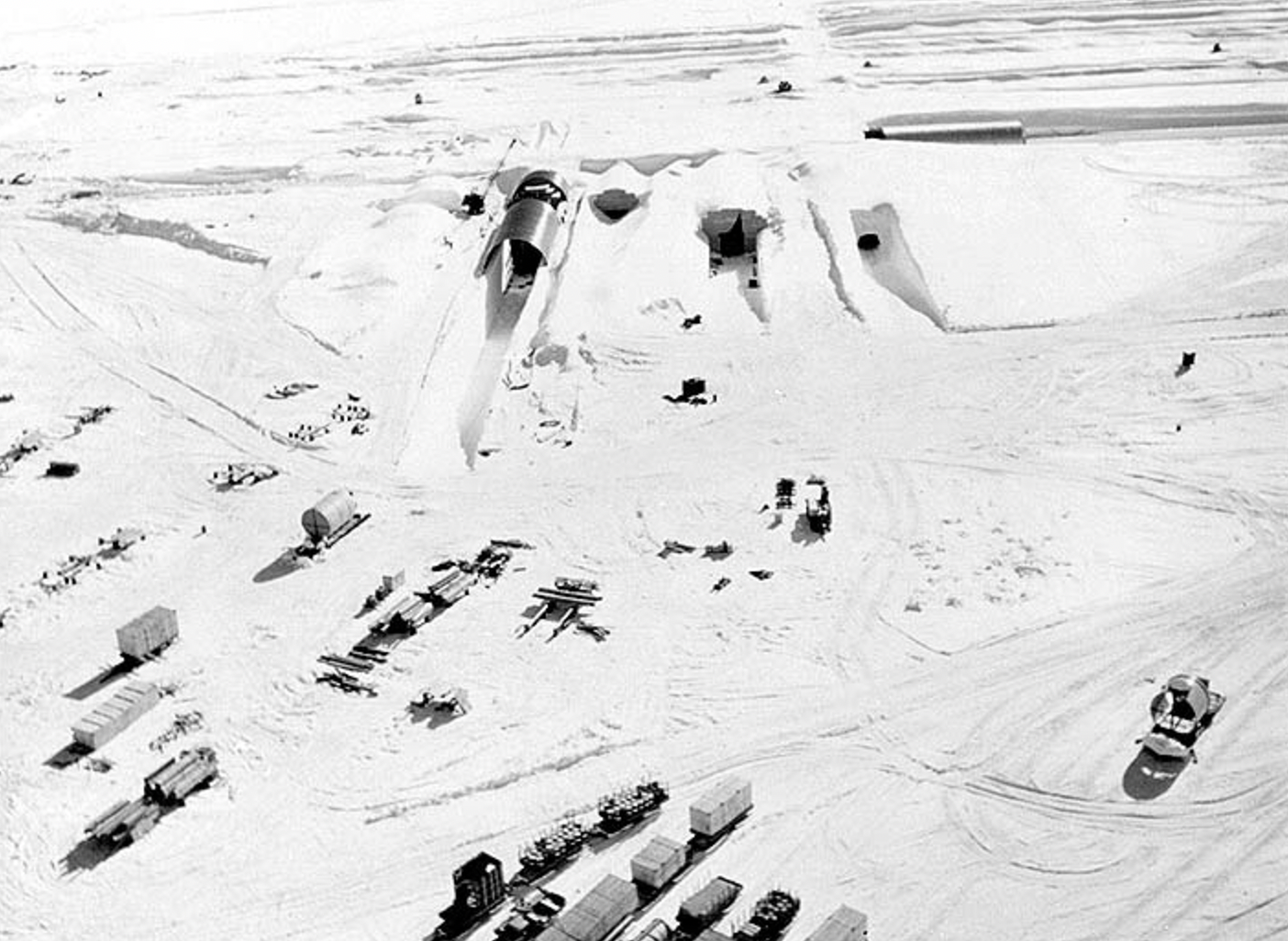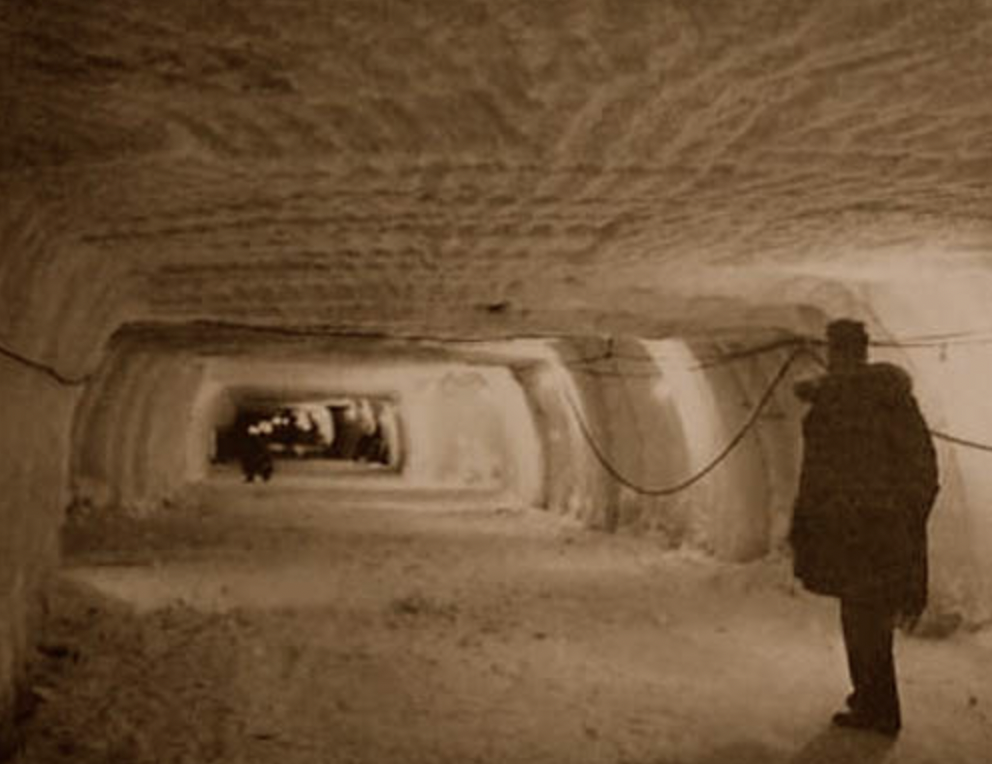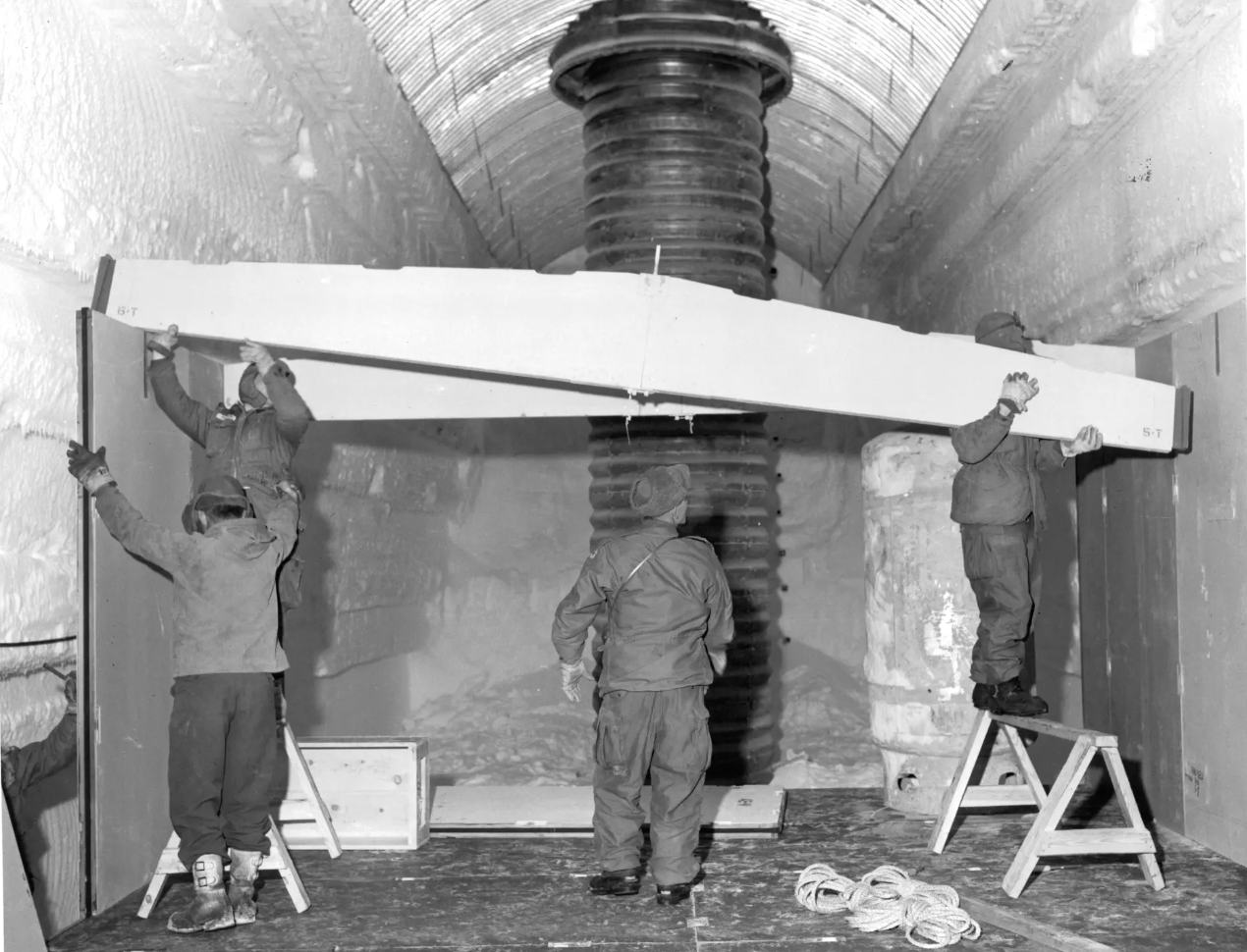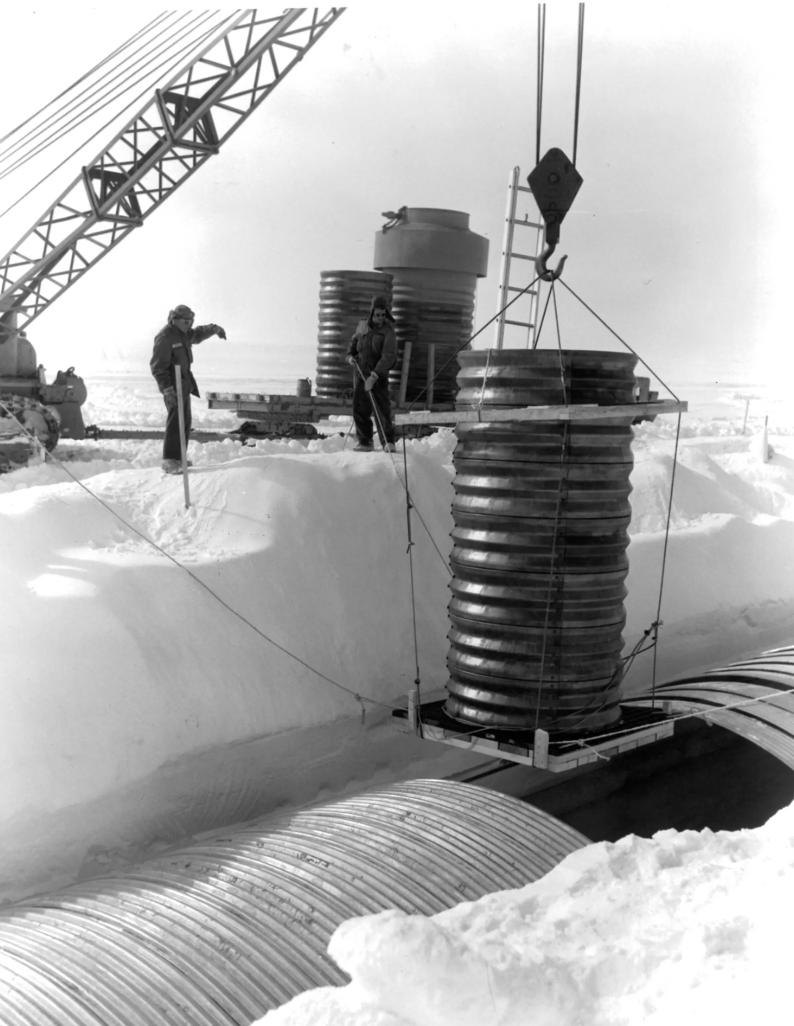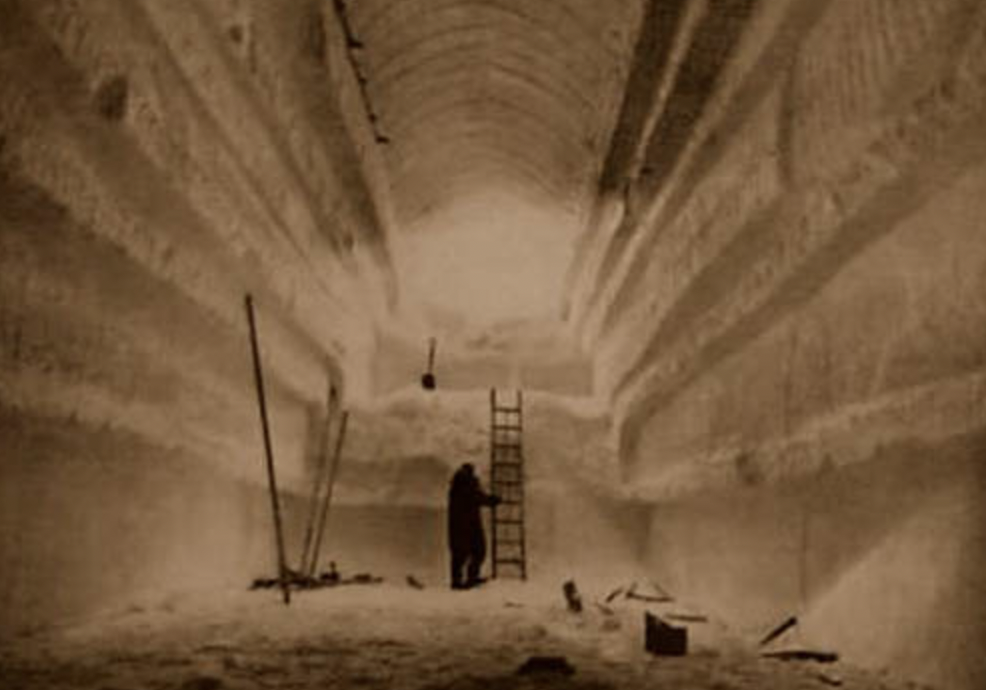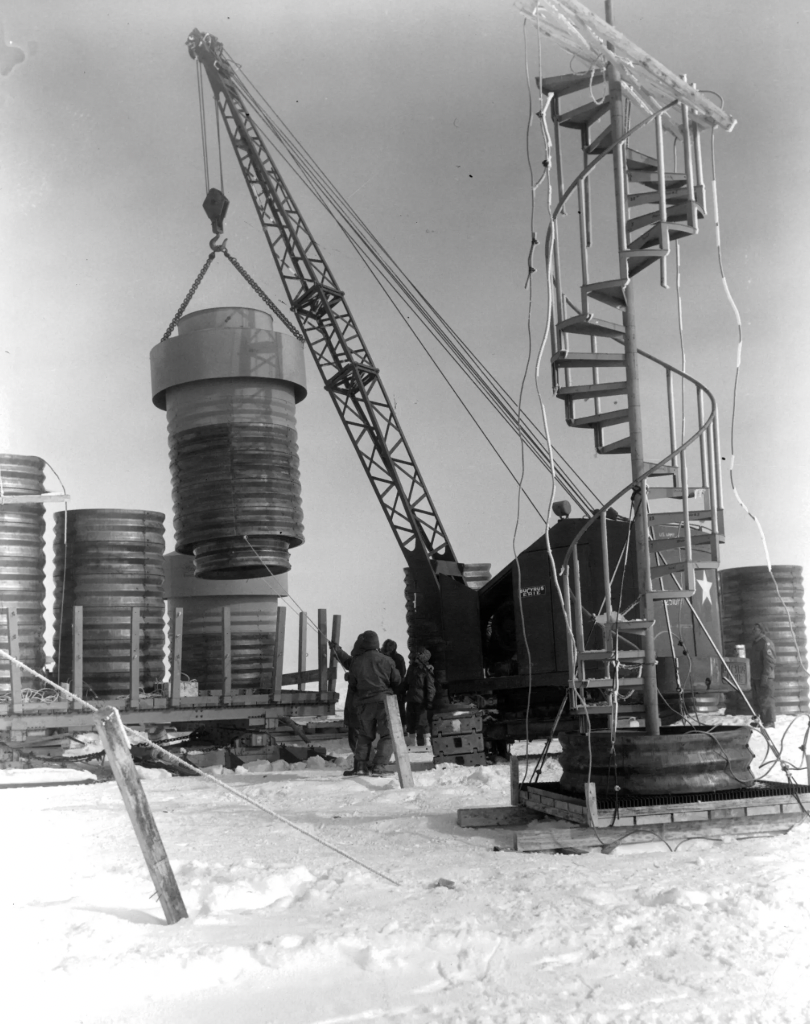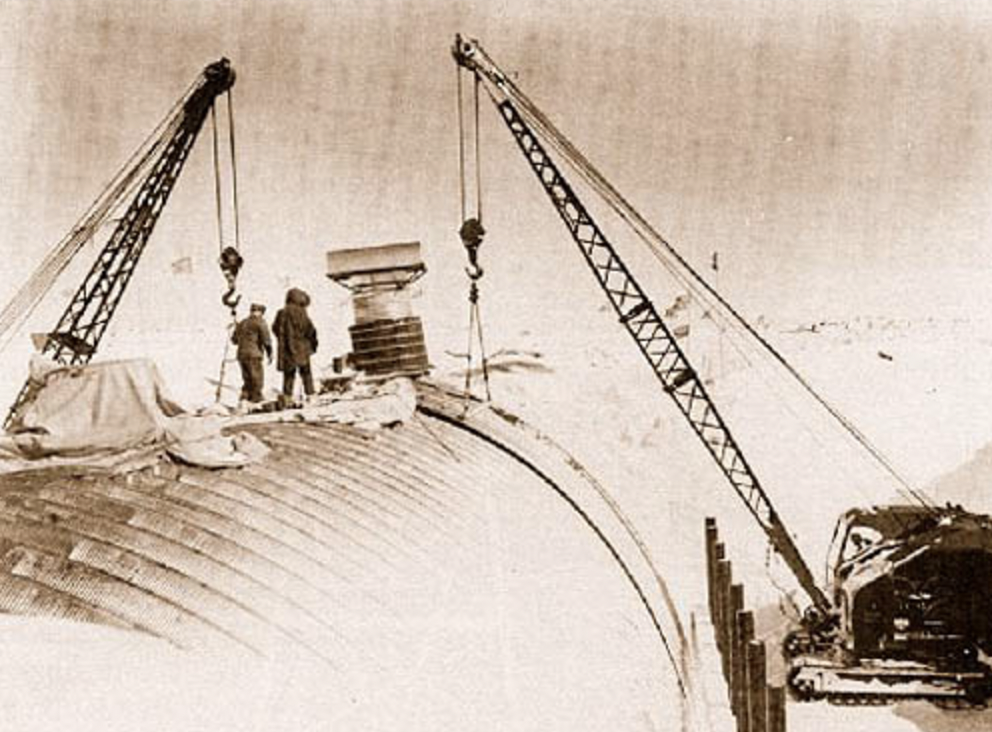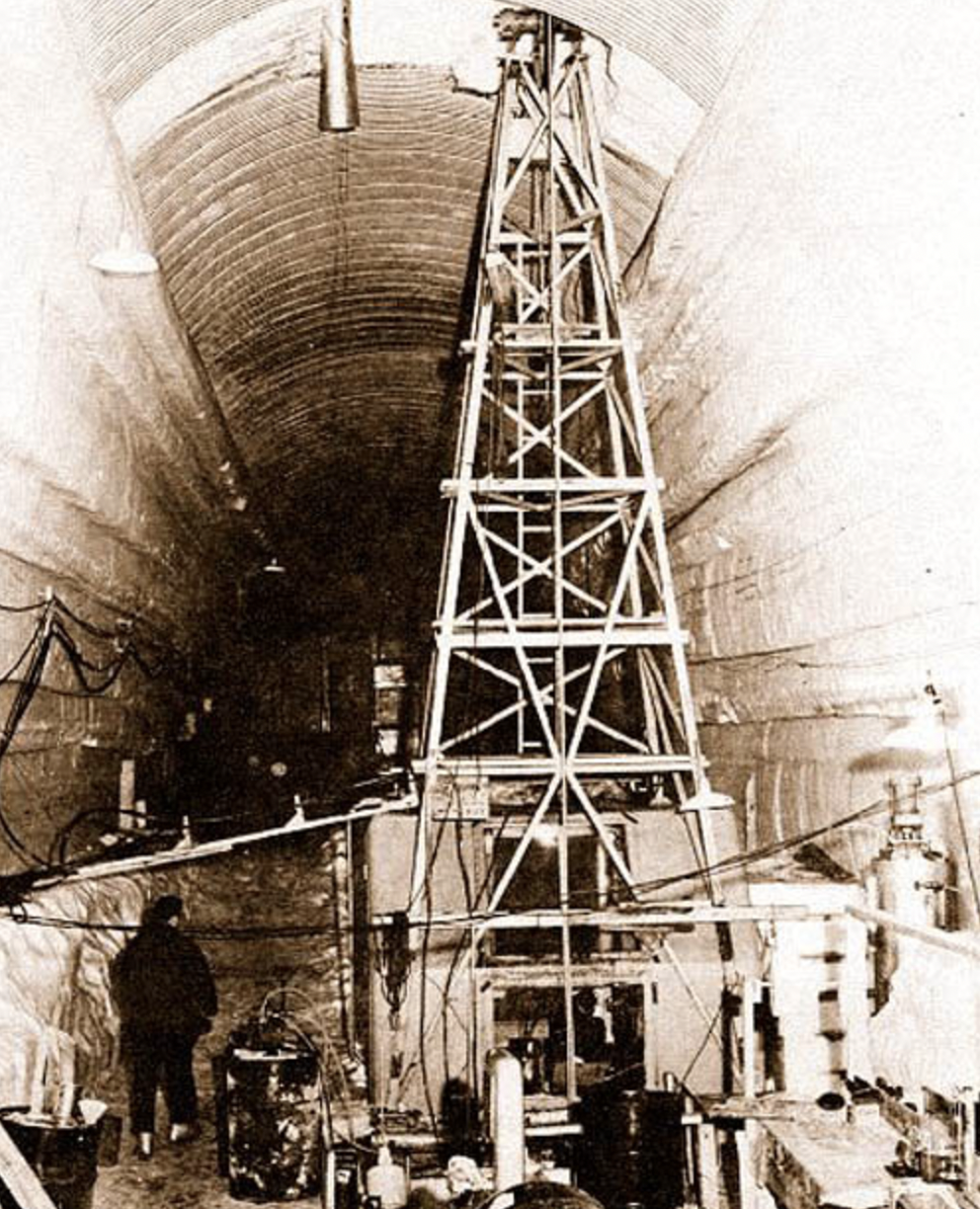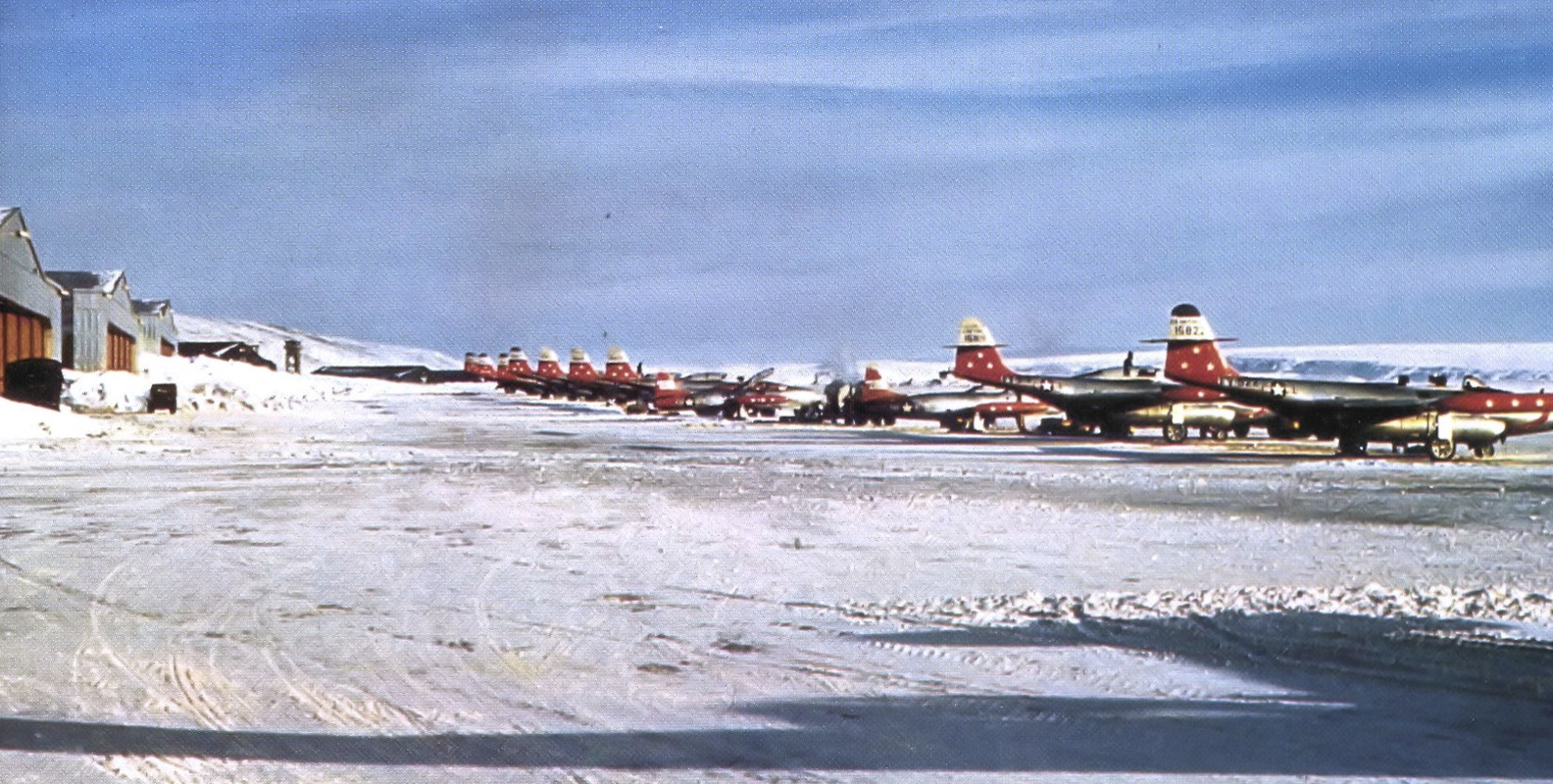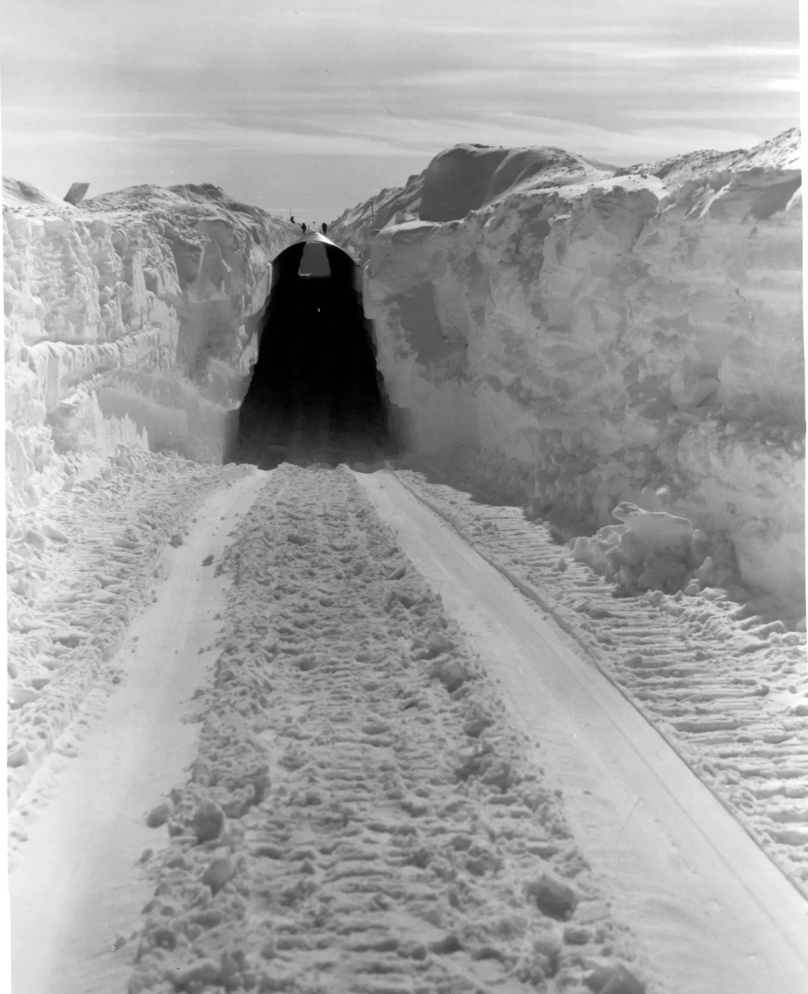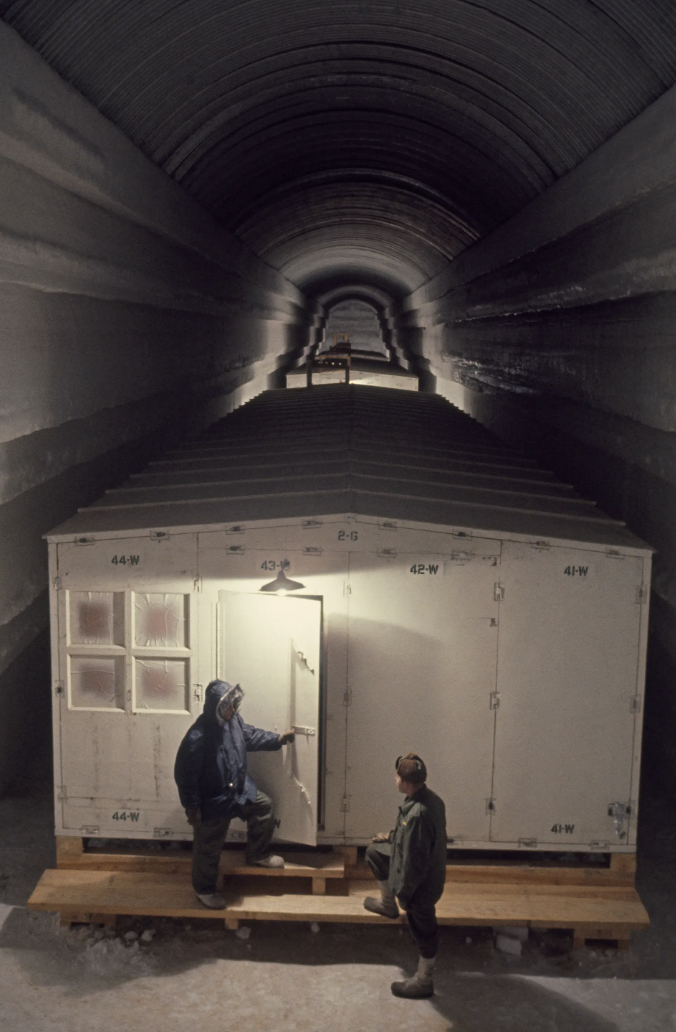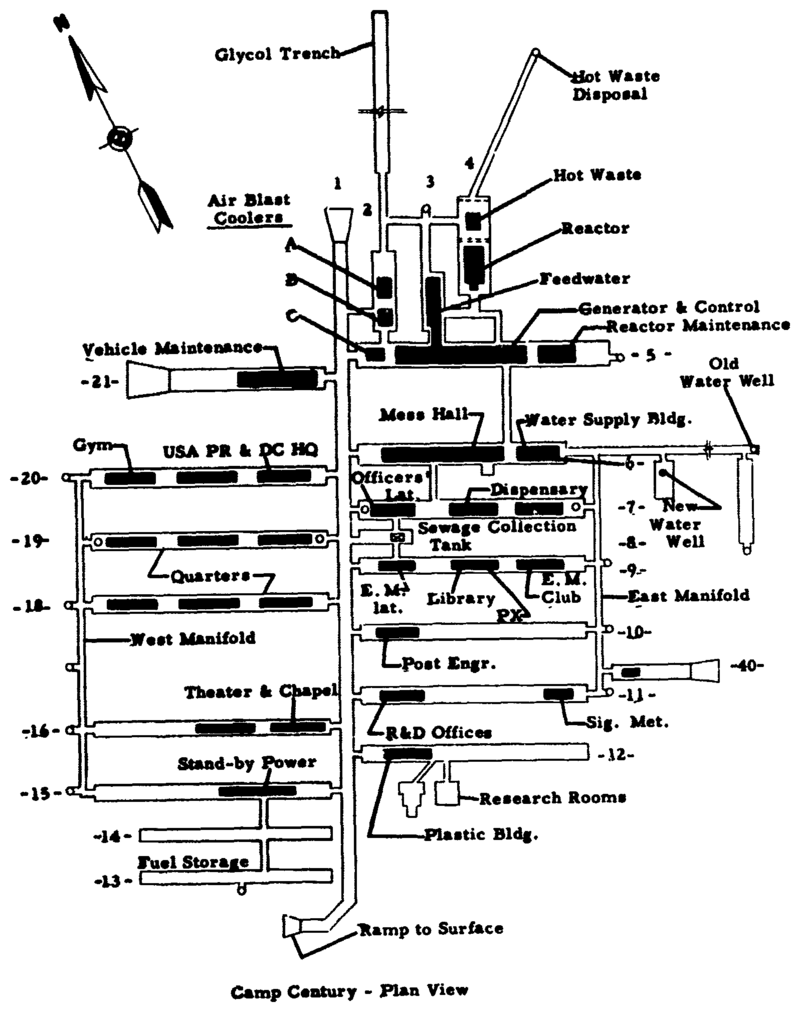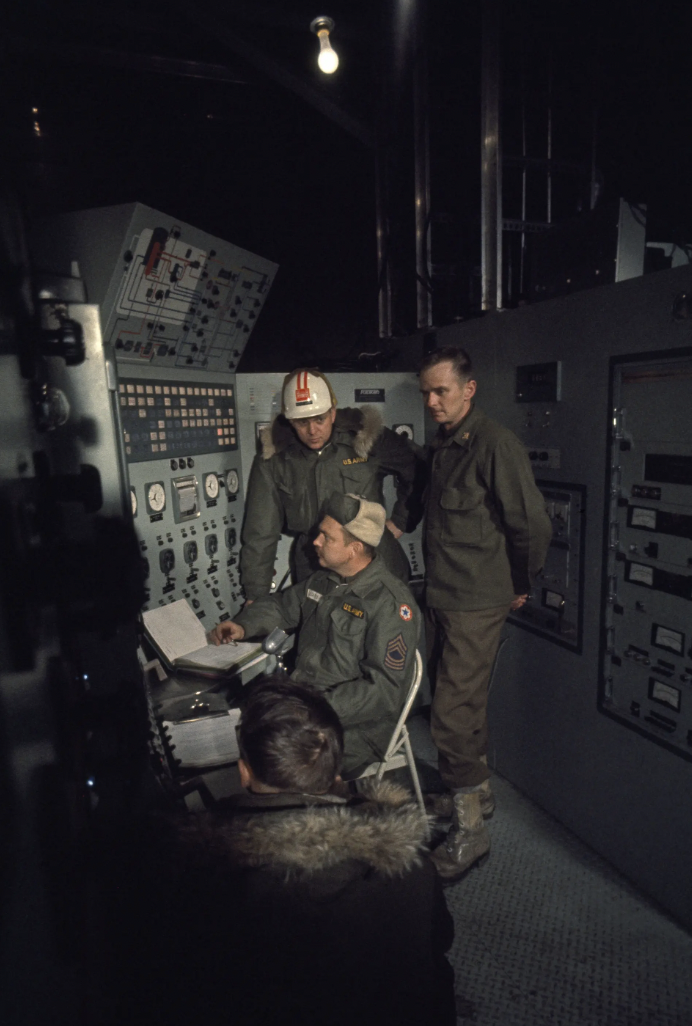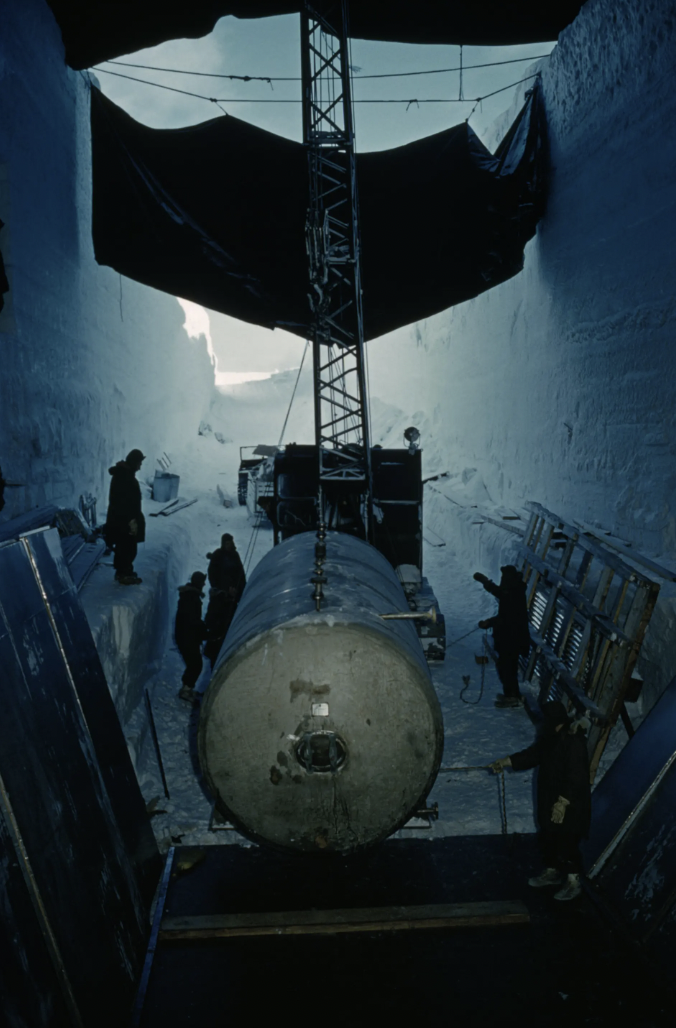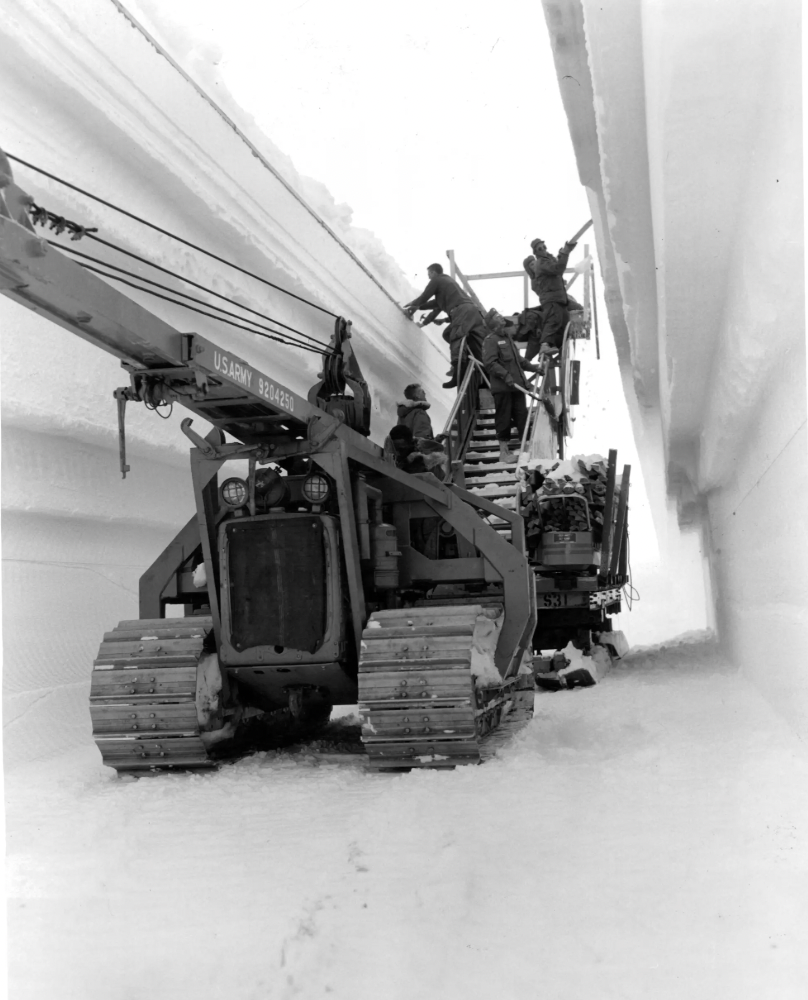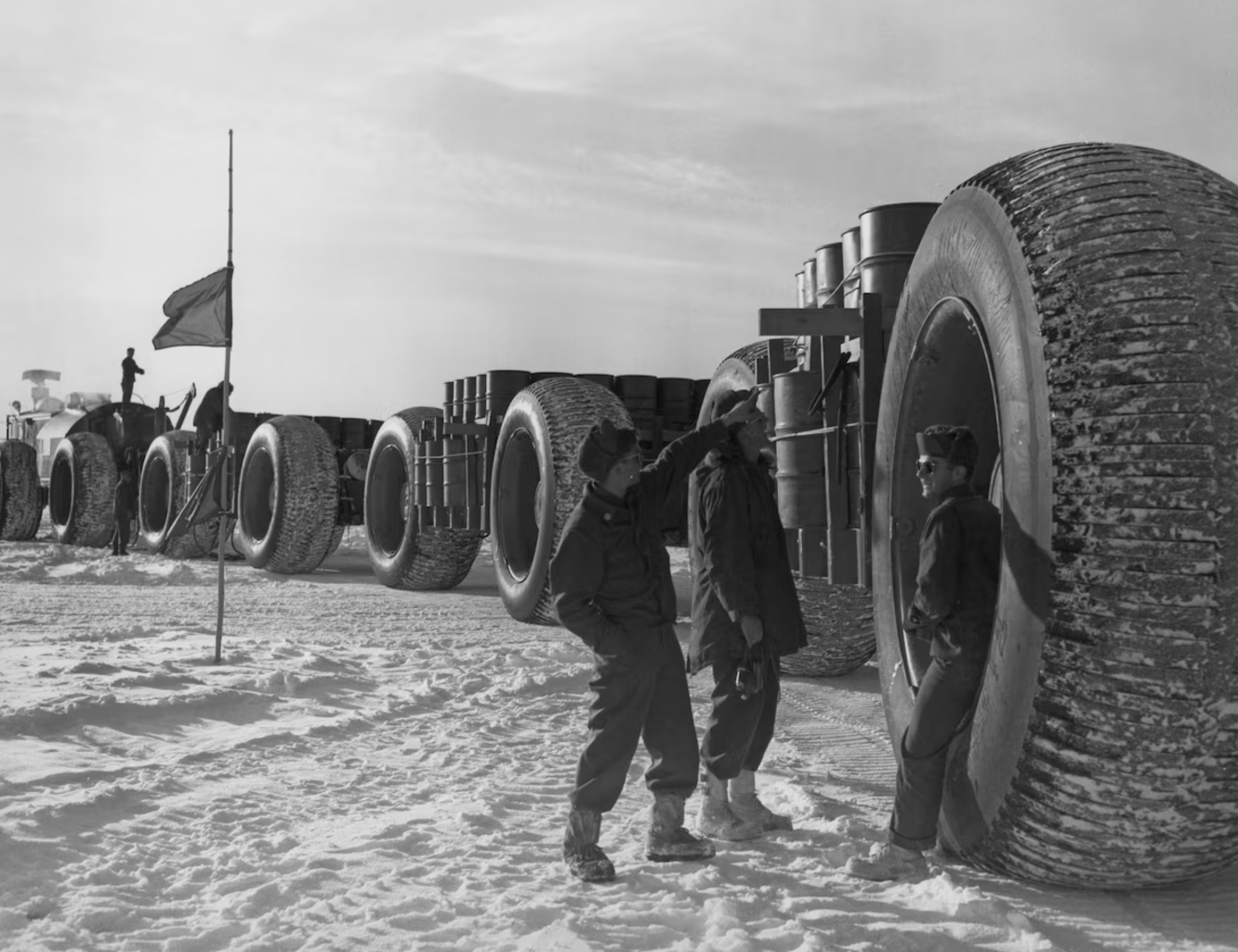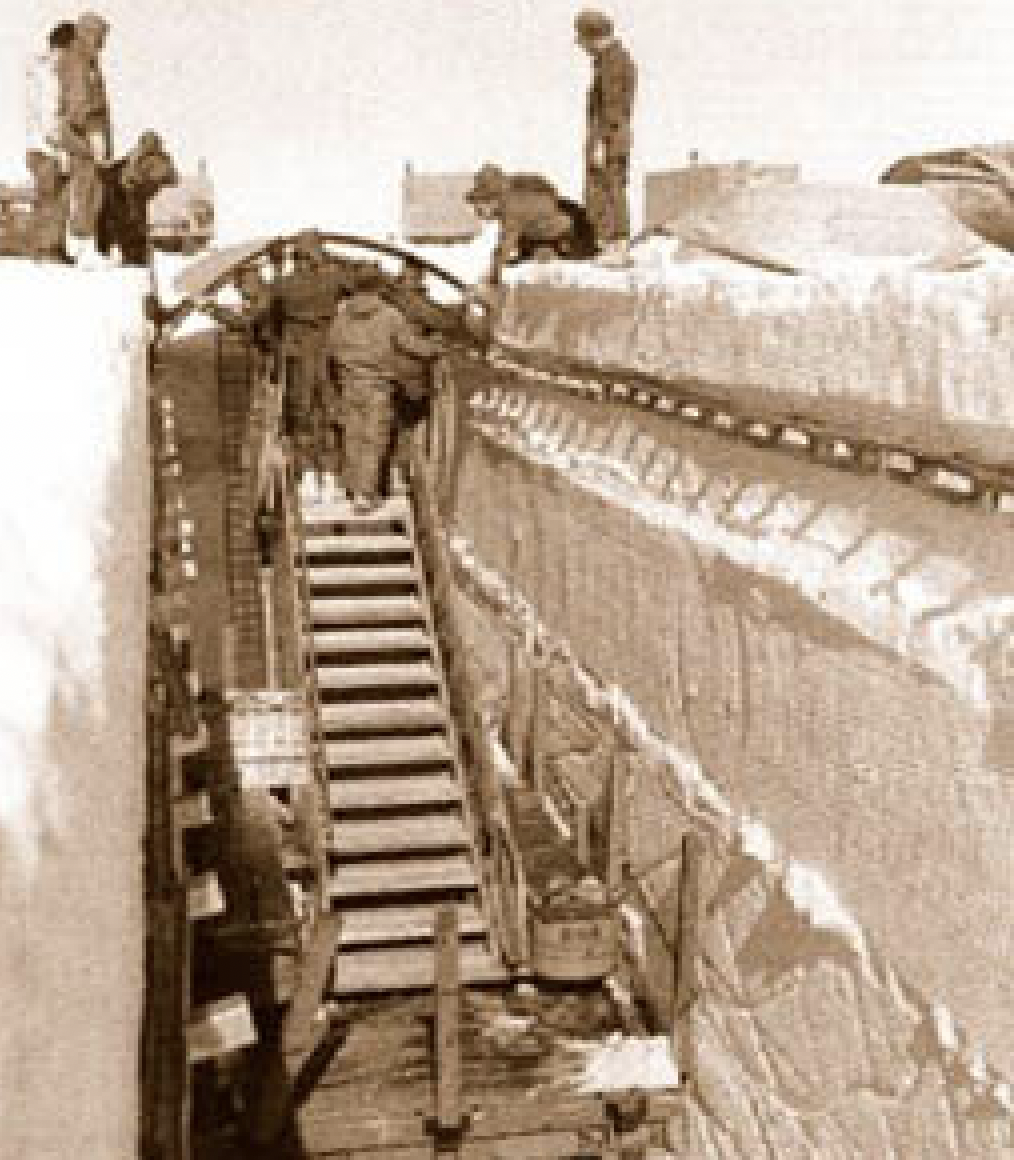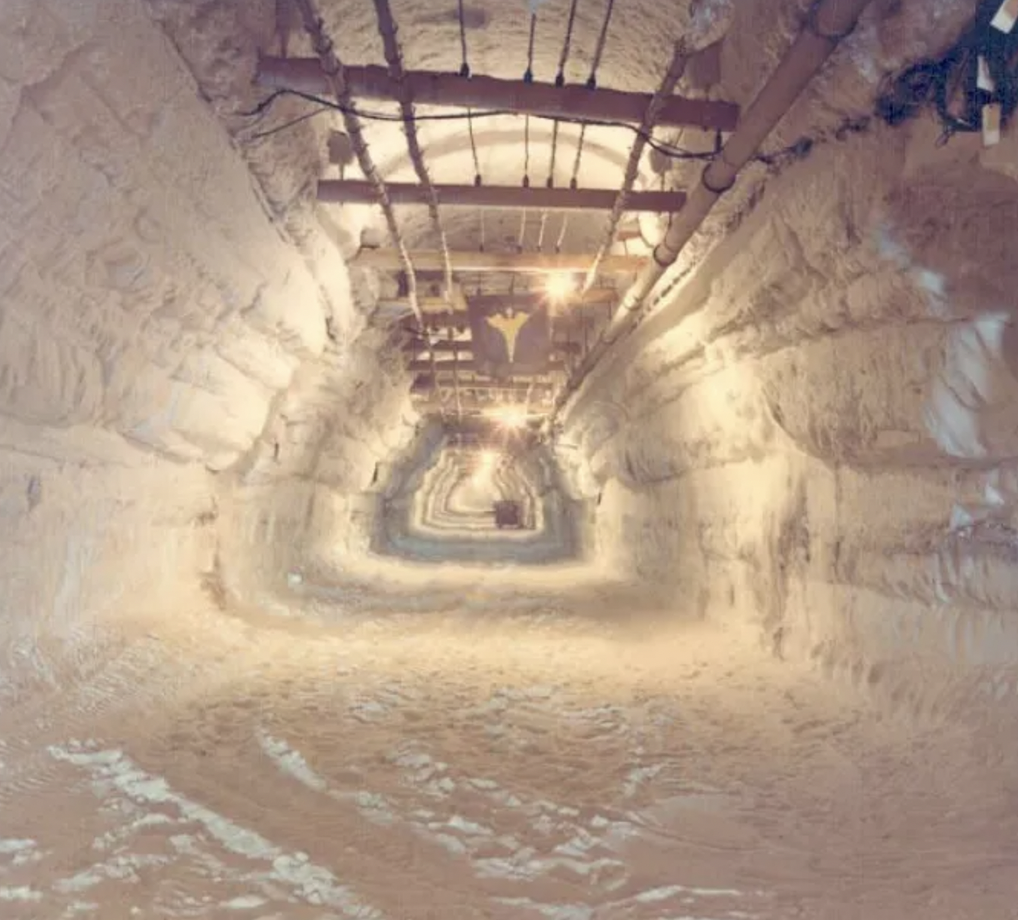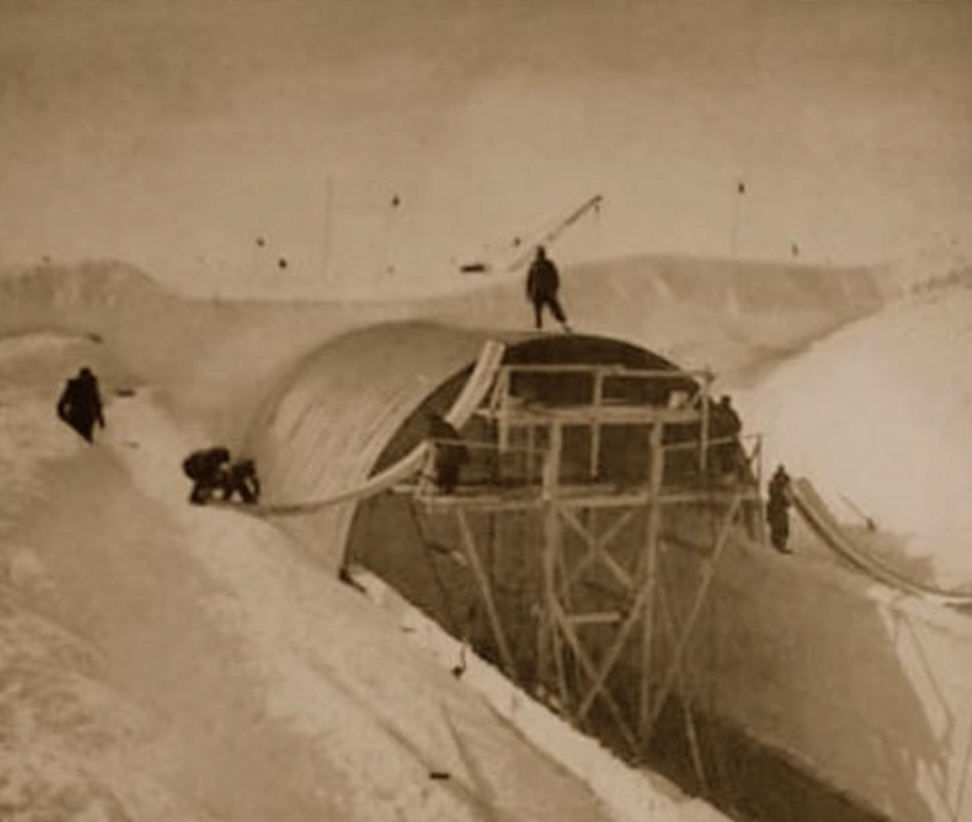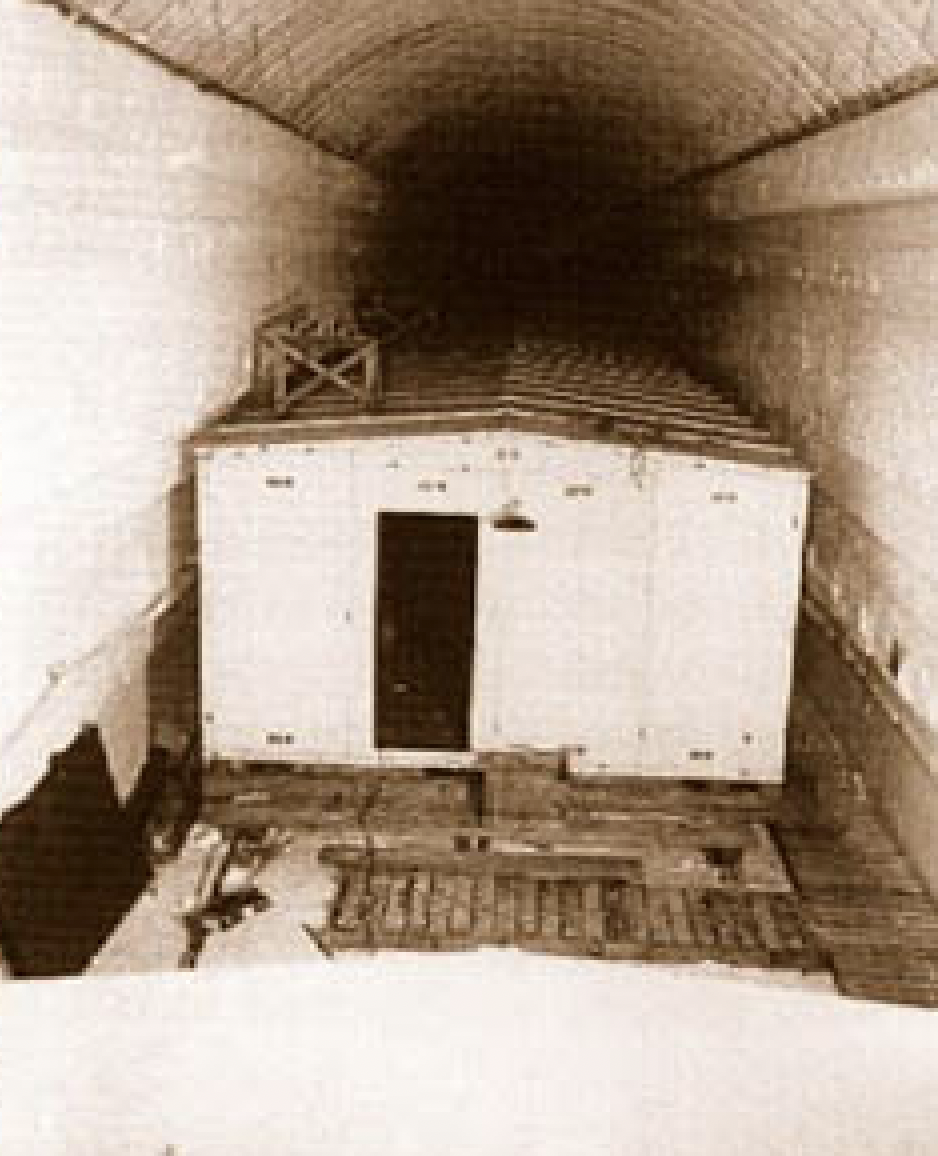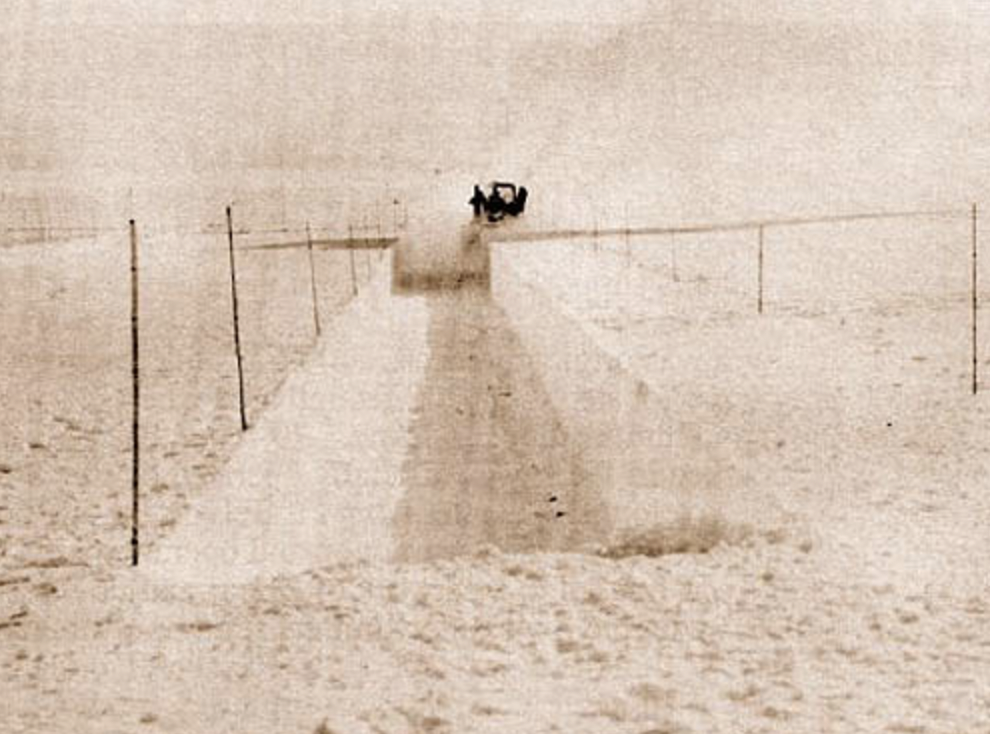The Cold War rages, tensions are high, and the Pentagon tries to maximize every conceivable tactical advantage. The year is 1959.
The Cold War rages, tensions are high, and the Pentagon tries to maximize every conceivable tactical advantage. The year is 1959.
In a psychological war of mutually assured destruction, nothing is more important than nuclear missile delivery. How do you achieve that advantage? Like everything in real estate that means location, location, location.
Enter a nuclear-powered Arctic research base in Greenland called Camp Century. Or at least, that’s what the United States wanted everyone to believe it was.
1
The forward-facing image of Camp Century
In reality, the facility was part of Operation Iceworm, a real life Star Wars Hoth base.
2
The intent
By spreading the silos out over such a distance, Pentagon planners believed no coordinated Russian strike would have the ability to destroy them all at once.
3
A day in the life
You went to work like any other Joe
4
On the move
Using a system of rail cars, the 600 nuclear-tipped “Iceman” missiles, aka “Minuteman” missiles, would be constantly shuttled between silos. This meant any attack would effectively be playing a guessing game of missile whack-a-mole.
5
The Thing, anyone?
Watch out for Wilford Brimley
6
The long and winding road
Spiral staircase quite literally down the hatch
7
Why here?
Greenland was chosen both for its proximity to Russia, and its flat geography. With an elevation change less than one degree across the facility, construction could be simple and uniform.
8
Tunnel
More superstructure within the tunnel system
9
Nearest air base
Thule Air Base
Flying into Greenland’s pre-existing Thule Air Base, workers would travel an additional 150 miles to reach the facility.
10
Welcome
One of the entrances to Camp Century
11
Your house came on a pallet
With many tunnels hundreds of feet into the snow, the facility was effectively an underground city.
13
Life in Camp Century
Housing 200 soldiers at once, Camp Century included a barber shop, a library, offices, science laboratories, warm shower facility, and of course sleeping quarters.
14
Not kidding around
One of the many tunnels in Project Iceworm, this one housing a silo.
15
Need a crane? No problem
Other heavy equipment included the use of cranes
16
Nothing to see here
While the facility did achieve some scientific breakthroughs - such being the first to drill to the bottom of Greenland’s ice sheet, its purported research purpose was largely unsuccessful.
17
Call in the bridges
Mechanical bridges were employed to cover crevasses
18
Problems in the tunnels
Moving ice and snow blockages rendered many parts of the facility inoperable, and ultimately problems with the central nuclear reactor meant that the Army abandoned Camp Century altogether in 1966.
19
Project Iceworm's tunnel system
There were 21 tunnels.
20
Life in Camp Century
Housing was pretty Spartan.
21
Project Iceworm: The real reason for Camp Century
While Camp Century was never classified, Project Iceworm remained a secret until it was exposed in 1997 by a Danish Parliament investigation.

